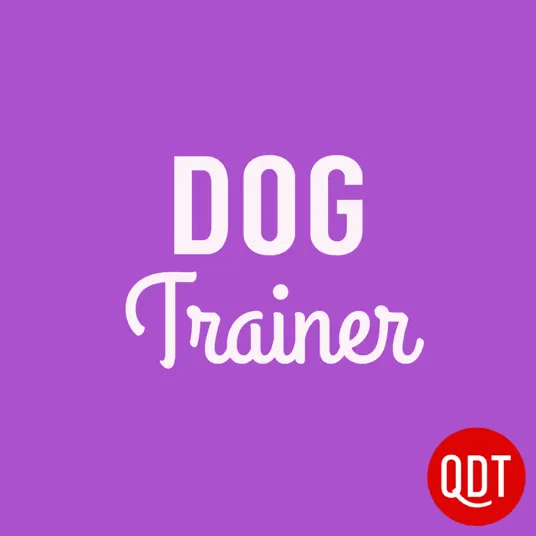
The Dog Trainer
My mission is to help you have a wonderful relationship with your dog. Learn how to teach good manners, to decode canine behaviors, and have a really great time.
Listen Now
More From The Dog Trainer
About
My mission is to help you have a wonderful relationship with your dog. Learn how to teach good manners, to decode canine behaviors, and have a really great time.
